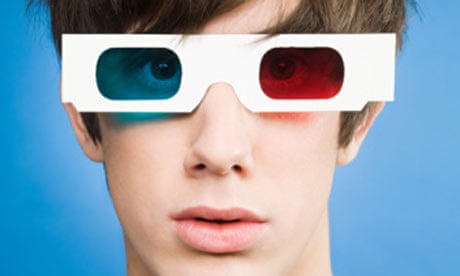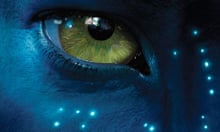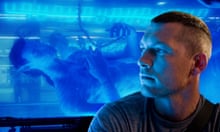c1894 William Friese Greene files a patent application for a 3D viewing process using two screens side by side, united in the viewer's eye by a cumbersome stereoscope headset. As with all his endeavours, he is ahead of his audience by about 30 years.
1915 The Great Train Robbery director, film- narrative pioneer and cine-huckster Edwin S Porter, presents red-green anaglyph test shorts in New York, but his process is never developed further.
1920 The Power of Love (a movie now lost), using a system developed by cinematographer Robert F Elder, is the first 3D movie screened for a commercial audience, in Los Angeles.
1922 Using two projectors synchronised with stereo headsets, Laurens Hammond and William Cassidy present a series of shorts plus one feature, The Man From MARS, but it played only at the sole cinema equipped to project it.
1923 Frederick Eugene Ives, patenter of the Parallax Stereogram (1900), and inventor Joseph Levanthal present several 3D/stereoscopic shorts for Pathe Films.
1936 MGM's Audioscopics, developed by Joseph Leventhal and John Norling, wins the Best Short Subject (Novelty) Academy Award.
1952-55 The first boom period in 3D cinema, led by Bwana Devil, Andre de Toth's House of Wax (the first of four 3D movies to star the determinedly one-dimensional Vincent Price, the Olivier of the form), and Dial M for Murder (filmed 3D, released "flat"). As TV menaces the studios (lately forced by the US Supreme Court to sell their cinemas), they push all kinds of new formats such as Cinerama, CinemaScope, Technicolor and VistaVision.
1973 Andy Warhol and Paul Morrissey revive the now seemingly obsolete format for Flesh For Frankenstein, in the short-lived Stereovision format. The skewering of one character, whose extruded heart dangles horribly close to the 3D viewer's eye, is a particular highlight of the film.
1979-85 Thanks to the technological run-off from suddenly superfluous military/industrial/space research, all manner of sequels, remakes, rip-offs and low-brow entertainment staples benefit from the technological improvement of the 3D format (Friday the 13th Part III in 3D, Jaws 3D, Amityville 3D), but the technique remains disreputable.
2003 James Cameron's Ghosts of the Abyss, a 3D documentary tour of the Titanic wreckage, lays the foundation for the technology he will need to make Avatar.
2004 Insane Clown Posse's short film for DVD album track Bowling Balls is the first high-definition 3D short. Imax's first feature, The Polar Express, presages the latest 3D wave: since then we've seen Journey to the Center of the Earth, My Bloody Valentine 3D, Coraline, and, in December, Avatar.








